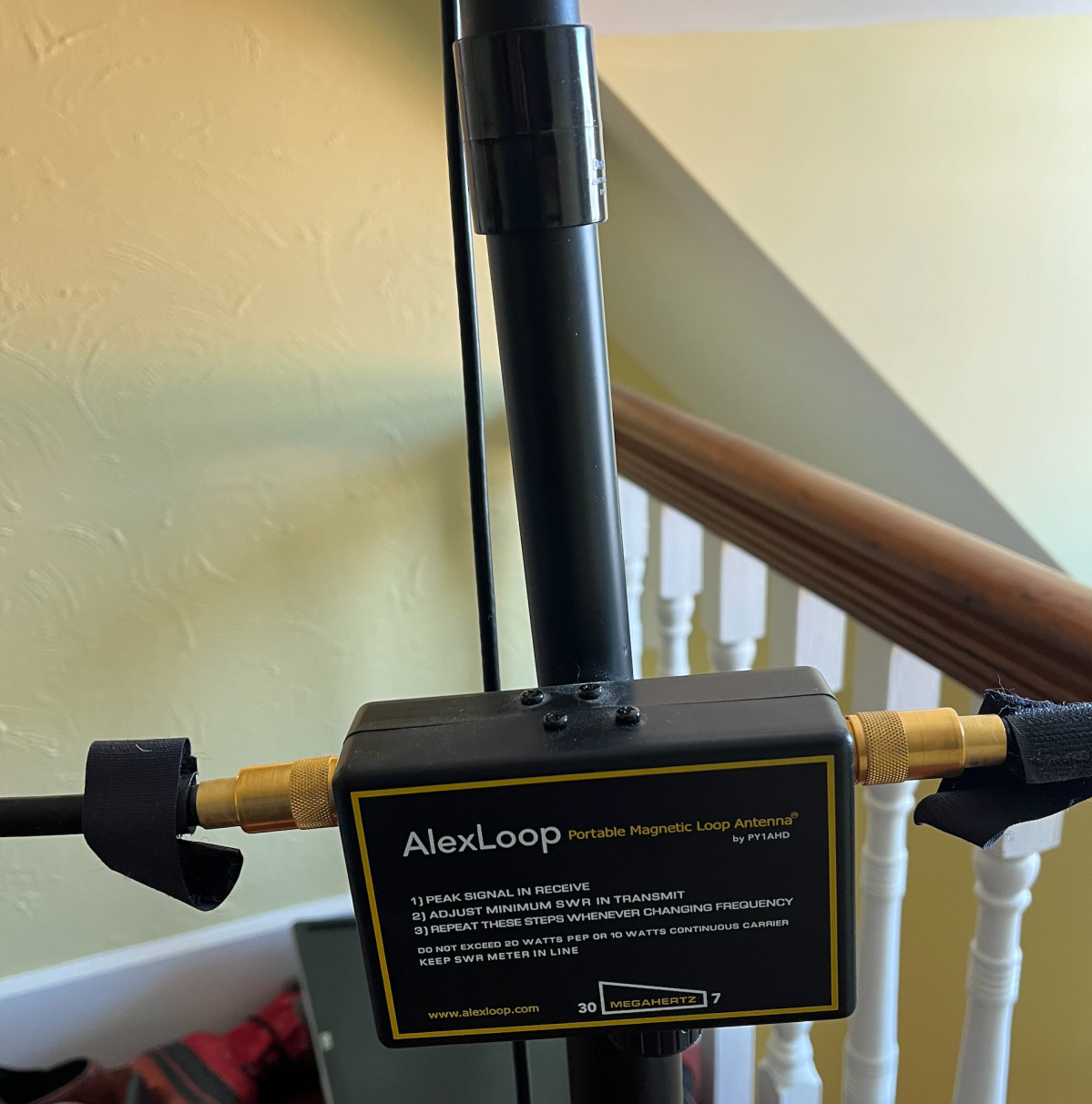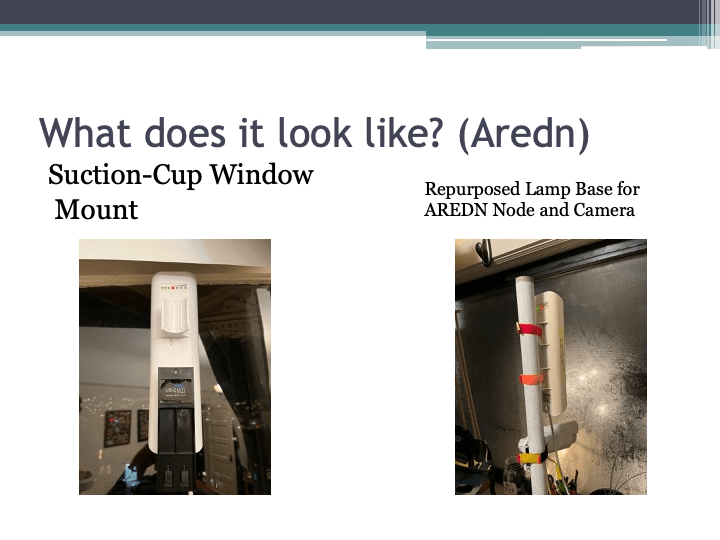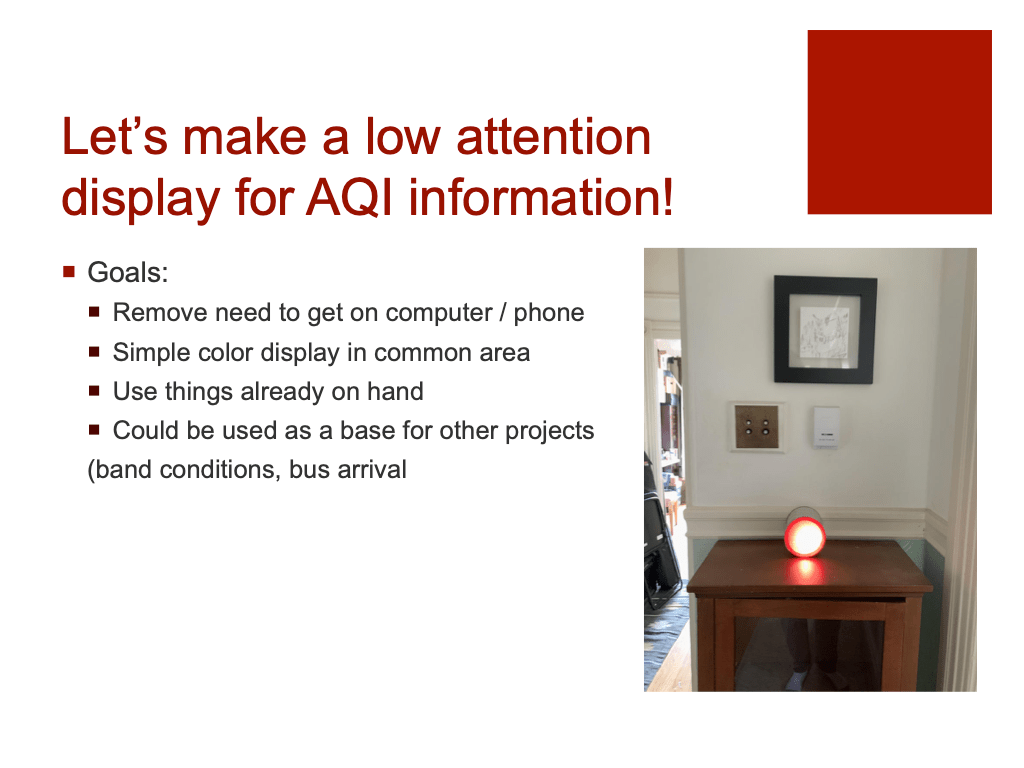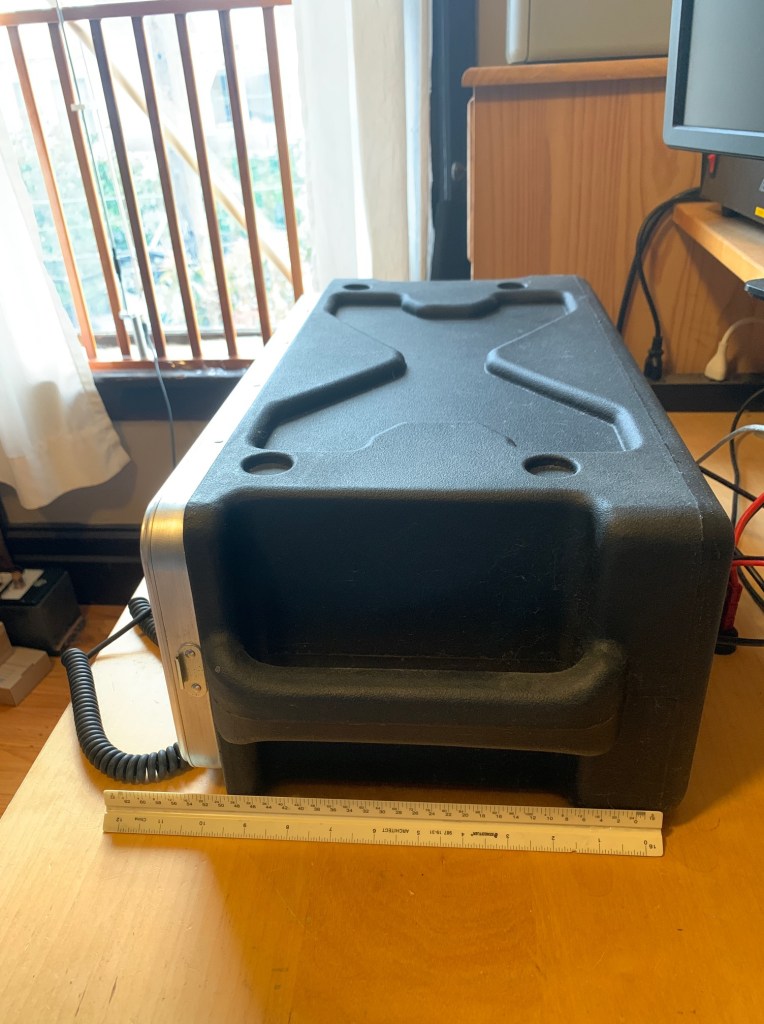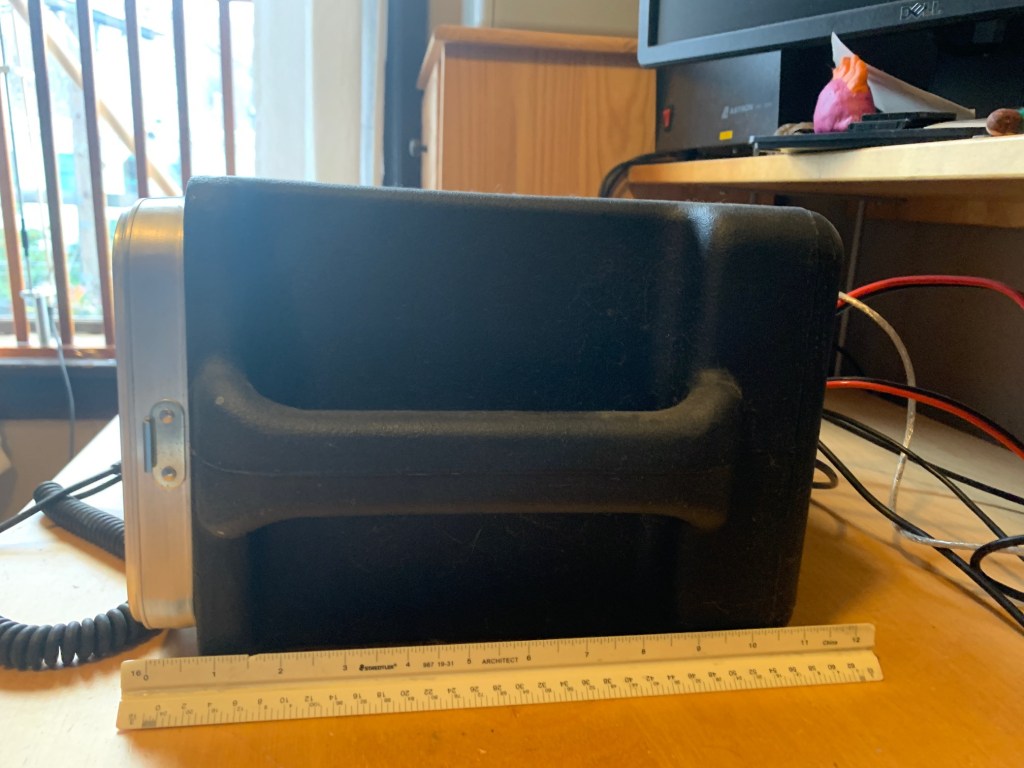A little eclipse travelogue, a little emergency preparedness story. We travelled to New Hampshire from Boston to go see the eclipse yesterday and I brought 2 radios based on my experiences in Idaho during the last eclipse (That time we were stopped on highway with non-working cell phone network for 12 hours)
This Monday we thankfully got out right after totality and picked a location where we could be the front of the line instead of the back of the line [we stayed south of the main place people were going to give up 15 seconds on totality to save 6 hours of additional driving!]
Brought 2 handhelds, by Yaesu VX-8R for VHF/UHF voice and my Baofeng UV-5R+ for APRS position reporting and viewing via PocketPacket on the iPhone. Brought a single VHF/UHF mag mount and adapters to swap radios out if needed.
The drive went much quicker than expected and we didn’t end up getting stuck without cell phone or feeling like we didn’t know when we were going to move again. Waze seemed believable and got a signal enough to update periodically even in the White Mountains.
My friends left 20 minutes after us and their drive took 7 hours longer!
What worked:
I preprogrammed all of Vermont and New Hampshires repeaters into my radio using CHIRP
I have the standard simplex freqs and my local repeaters programmed in as well
What didn’t work well:
My good mag mount got pulled into 2 and I couldn’t get the SWR in the right place for my trip after reassembling
Used a backup magmount, but don’t know how well it worked and couldn’t get SWR below 2.x
Repeater management is still TOO hard in CHIRP esp if you are doing a road trip. I know there are a couple other apps, but I haven’t had good experiences with them in the past.
In Idaho I programmed a bunch in, but in the end used Repeaterbook’s pretty good OFFLINE GPS enabled iOS app and programmed the closest repeater by hand since I was stuck not moving anyway.
I used Repeaterbook’s online route planning dump, but ended up just programming ALL VT/NH repeaters since I was tired of playing around with CSV files, the exports seem broken but fixable from the website but I was tired.
I need to go out and buy a bunch of my “happy path” adapters. I have a million N to TNC or whatever, but always struggle to find the right SMA to UHF or SMA to BNC
Never got around to APRS since it wasn’t needed but might have been more interesting, heard some repeater traffic but being in the mountains it was very scratchy and my 5 watts couldn’t open any of the repeaters.
I kept crunching my coax in the window when trying to close my other window. I need to tape over the window control to prevent that next time or just close it in the door instead of the window.
In the end I was glad I had the radios, glad I didn’t need them, felt I could get some functionality from them if needed, but mostly it was a good planning exercise.
Next time:
Would bring my 25 watt VHF/UHF radio as my main voice rig
Bring the handheld as a backup
Need to label and tune all my mag mounts. I have too many that I’m not sure if they are 10m or 2m
Tape over window control to prevent damaging my coax by accidentally closing it all the way (edited)

